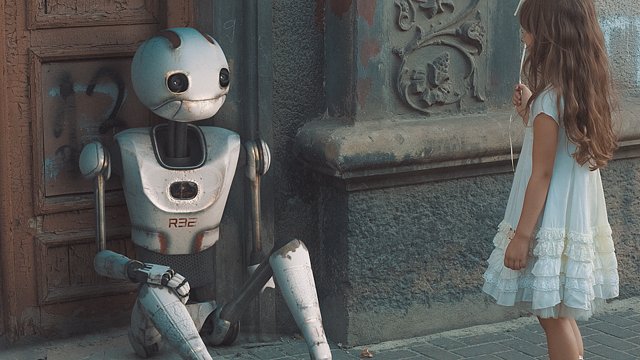Story of a robot
8 Robot Story Books for Kids to Spark Imagination
Call them droids, androids, automatons, or bots, robots are often the center of the story and star of the show. Sometimes robots are so similar to us it’s uncanny, and sometimes they couldn’t be more different. Robots spark imagination in young minds, and robot stories for kids are as popular as ever.
Here we collect some of our favorite robot story books for kids. We’ve got a range of picture books, first readers, and chapter books about robots ready to go. Let’s explore!
by Sue Fliess
Illustrated by Bob Staake
“On the ground and in the air, robots, robots, everywhere!” These are the words that started our son’s fascinations with robots. One look around the house, and yes, they really are everywhere. (Especially one the floor. Late at night. The ones that hurt the most when stepped on.)
This is a cute and colorful book with an easy to read rhyme that kids love to follow along with. After enough times through, they’ll be able to say the words with you. (I confess, I’ve read this enough times to have it memorized.)
The last page features a robot tucked snuggly into bed, which make this a great book to wind down with at bedtime. We went through phase reading this to our youngest where he would say goodnight to the robot, then hop down and start toddling over to his bed. It was a cute routing and made transitioning to bedtime easy. (At least for a little while.)
by Ame Dyckman
Illustrated by Dan Yaccarino
This is a charming story about a young boy who happens upon a robot while playing. They become fast friends and enjoy having some adventures until the robot bumps his power switch and shuts down. Helping as best as he know how, he takes the robot home and tries to comfort him as he would another child, but nothing seems to help. He tucks the robot in and goes to bed.
When the robots power switch is bumped on during the night, the robot wakes to find the boy sleeping and unresponsive. The robot tries to help the boy as he best know how. He takes him home and tries oiling his joints and attempting to change his battery.
The robot tries to help the boy as he best know how. He takes him home and tries oiling his joints and attempting to change his battery.
When the boy wakes up and they both realize the other is okay, they are delighted. We get a happy ending as the robot’s inventor returns the boy home. The Boy and Bot adventures resume the following day.
What struck us about this story is the compassion both the boy and robot showed. The parallels of how they used their own world view and tried to help each other in a time of need. They discovered what works for one may not directly apply to the other. The robot wasn’t sleeping, he was powered down. The boy didn’t need a new battery, he just needed some rest. We’re all a little bit different, but we can still be friends..
The illustrations are cute and suit the story, and the bright red robot stands out in most of the scenes. The play montages are fun, and the last page has a Calvin and Hobbes flavor as the boy and bot walk off into the sunset together. You just know there are more adventures ahead.
You just know there are more adventures ahead.
by James Dean
Pete the Cat wants to play, but all of his friends are too busy. Does Pete Cry? Goodness no! He decides to make a robot playmate instead. Pete’s new robot friend is good, though maybe a little too good. Pete gets more than he bargained for! The robot wears him out in catch, homes right in on him during hide and seek, and ruins some of Pete’s favorite activities.
Pete decides to turn things around and have the robot do the chores his friends had to do instead. Now that the robot is doing all the work, his friends are free to play. This is what Pete wanted in the first place. Everyone wins! (Well, except maybe the robot .)
This robot storybook is in the definitive Pete the Cat style, and shows us that we can use technology to innovate and solve problems. Sometimes things don’t turn out as we planned, and we need to reframe the problem to get the results we want. When Pete realized his robot didn’t make a good playmate, he shifted the focus and had the robot do chores so his friends could play instead.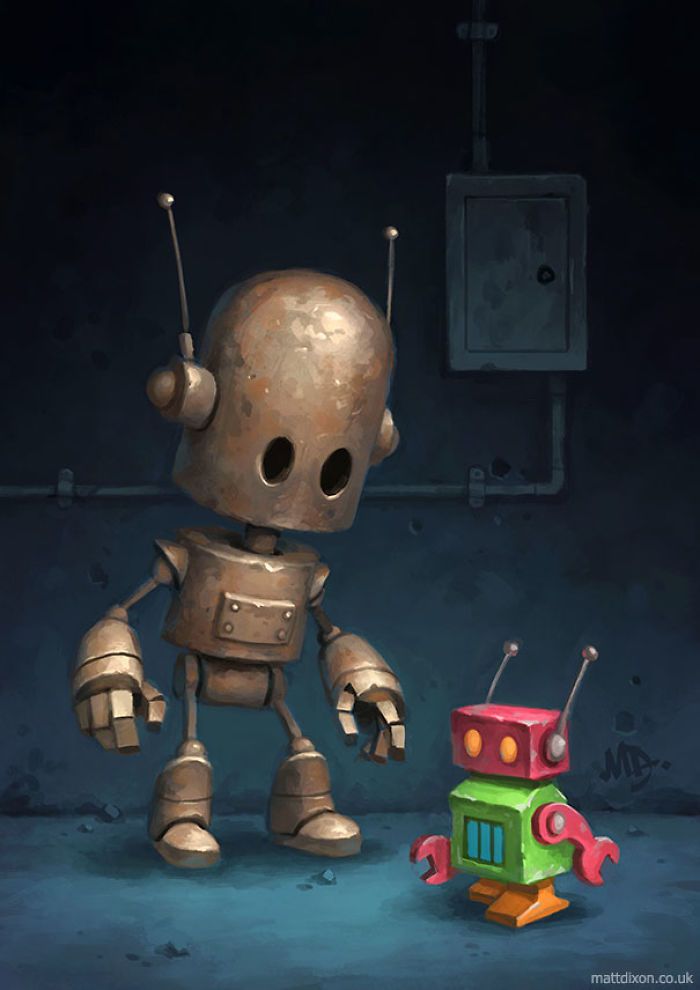
by David Milgrim
This easy to read book hits it in the sweet spot on so many levels. The words are arranged in repeated patterns so it’s easy for kids to recognize “See Otto…” from page to page. After one read through at story time, our son could practically read the book back to us.
As we meet Otto, he is looking through a telescope missing his family and home. He builds a rocket jetpack and launches skyward.
As happens so often with experiments and DIY projects, things don’t always go as planned. As Otto’s rocket sputters and loses control, we have the opportunity to follow his trajectory in a fun and easy read along adventure. Until his rocket crashes and he realizes that this was home all along.
With a small pallet of words, Milgrim conveys a sense of longing and love, as well as some humor. We get the concept of “failure” in that Otto’s rocket doesn’t work and he comes crashing back to Earth. We also get the lesson to appreciate the things you already have, because sometimes that’s all you need.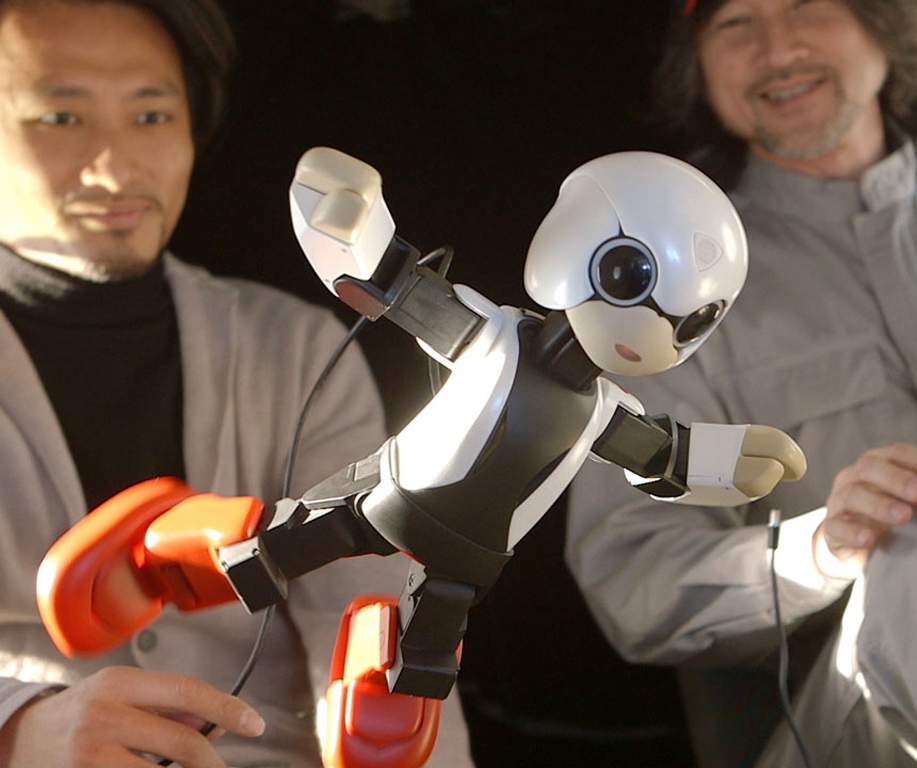
Go, Otto, Go! Is a Theodor Seuss Geisel Honor Book. You can see more of New York Times bestselling author/illustrator David Milgrim in the Adventures of Otto series, or grab the Otto collection in this Collectors Set.
by Dave Pilkey
Illustrated by Dan Santat
Ricky is a little mouse waiting for something BIG to happen. When he saves a giant Mighty Robot from an evil scientist, the robot becomes Ricky’s friend. The robot helps clean up around home and escorts Ricky to school and deters bullies. Life is good.
Except that the evil scientist creates a giant lizard to terrorize the city. Good thing Ricky and his Mighty Robot are ready to save the day!
This is a cool book that combines elements of storybook, comics, and animated flip book. The format changes flow well and move the story forward. The exposition happens in story book mode, with simple and easy to read pages. Action sequences switch to a comic book panel format which lends itself well to the pacing.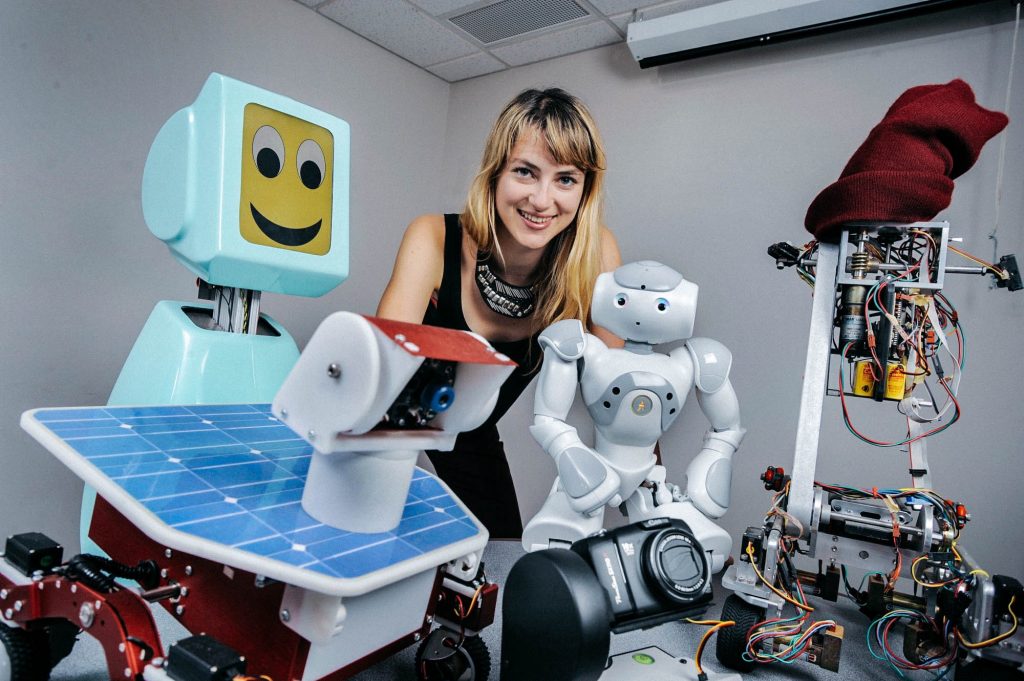 The climactic battle features a “Flip-O-Rama” animated flip book style which enhances the action.
The climactic battle features a “Flip-O-Rama” animated flip book style which enhances the action.
The artwork is sharp and colorful and adds to the fun quality of the book. Our kids enjoyed the giant robot and lizard monster and couldn’t wait to turn the pages (especially for the animated flip-o-rama.)
Check out the rest of the series!
Ricky Ricotta’s Mighty Robot Book Set (7 Volumes)by Katie Van Camp and Lincoln Agnew
Harry is a boy with a wild imagination. With his stuffed companion Horsie, he embarks on exciting adventures throughout the Harry and Horsie series.
In Cookiebot! Harry wants a snack. When he realizes the cookie jar is, for some reason, all the way on the top of the refrigerator, he devises a plan. He builds a robot that can reach the cookies. What could possibly go wrong?
Once Cookiebot has a taste of cookies, he can’t get enough. After emptying the cookie jar, he heads out into the city for more! Harry and Horsie save the day, and topple the giant Cookiebot before he can do too much damage.
The art is top notch and the primary-only color scheme give the feel of old school Sunday comics. The last page is a treat to see Harry in a homemade robot suit siting in the middle of a toppled Lego brick city with a spilled cookie jar.
You can check out the original Harry and Horsie book as well. Harry and Horsie features some robot cameos in the background, though the main story focuses on how Harry heroically rescues Horsie from the moon.
by Timothy Bush
Benjamin’s parents head out for the night and leave him in the care of his robot babysitter. Not happy with his 8:00 bedtime, Benjamin reprograms the robot for “fun.” Under the new programming, they play games, read books, have snacks, and have “fun” until Benjamin is tired and wants to go to bed. This goes against the robot’s new programming. The robot won’t let Benjamin go to bed and forces him to have fun. It builds more robots for more fun, and things get out of control. Check out the book to find how Benjamin get things back under control.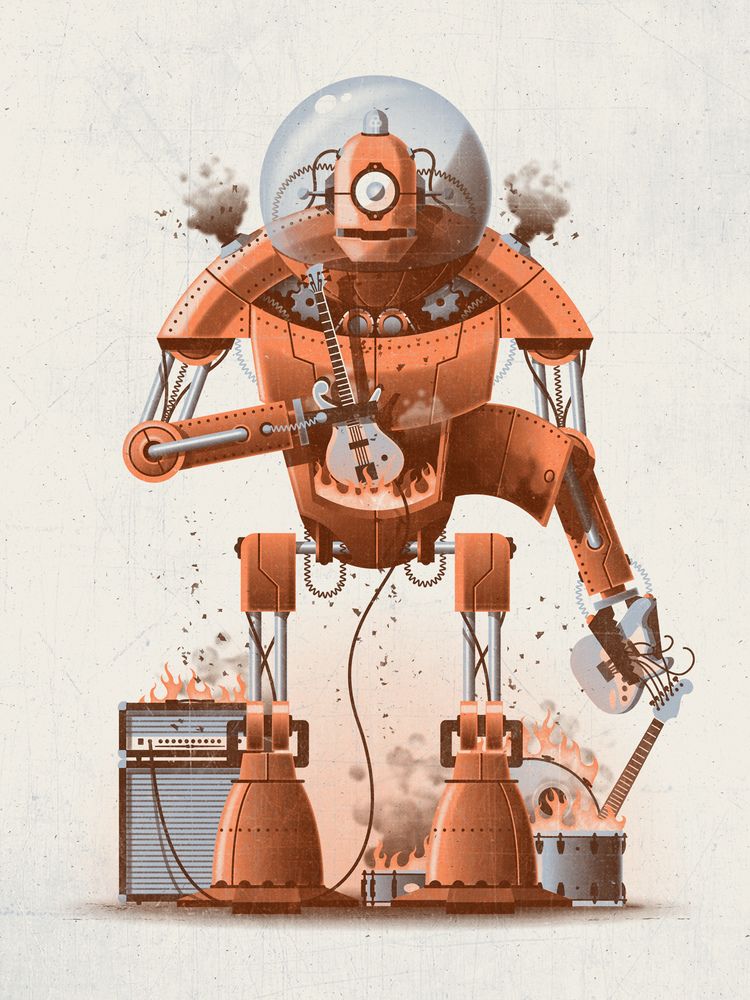
Books are fun. They never need batteries.
Benjamin McFadden and the Robot Babysitter has a Sorcerer’s Apprentice kind of feel where plans go awry and the struggle is to just get things back the way they were. The takeaway lessons are “be careful what you wish for” and there is “too much of a good thing.”
The artwork is wonderfully whimsical and worth paging through just to look at the pictures.
by Jon Scieszka and David Shannon
Robot Zot comes to Earth for conquest, and has an adventure in typical household. The diminutive conqueror battles his way through the kitchen defeating blenders and toaster, and works his way to blast the television. He finds love in a toy that appears in need of rescue, and his nemesis in the family dog.
Robot Zot makes an escape with his newly liberated love, and the poor family dog is left to answer for the mess.
We came for the story and stayed for the artwork. The story is cute, and the stylistic paintings are a joy.
Wrap Up – Robot Story Books for Kids
We hope you enjoyed these robot stories as much as we did. We found some wonder for the future, compassion, and friendship. Harry and Horsie took us on some imaginative adventures, and Ricky Ricotta and his robot delivered some action.
Some of our robot stories had some object lessons; Benjamin McFadden and Pete the Cat showed us we can use technology to solve problems, though things don’t always go as planned.
Which robot storybook was your favorite (or your kids)?
STEM activities are great for kids and parents alike. They provide hours of fun while teaching important skills such as problem solving, collaboration, critical thinking, creativity, and teamwork. Kids’ books
Read More
There are so many kid’s books about space and astronomy, it’s hard to know where to start. We’ve gathered some of our favorite space books for kids to share with you.
Read More
We’ve got dinos for kids! We’re sharing our favorite dinosaur books for preschool and kindergarten age children.
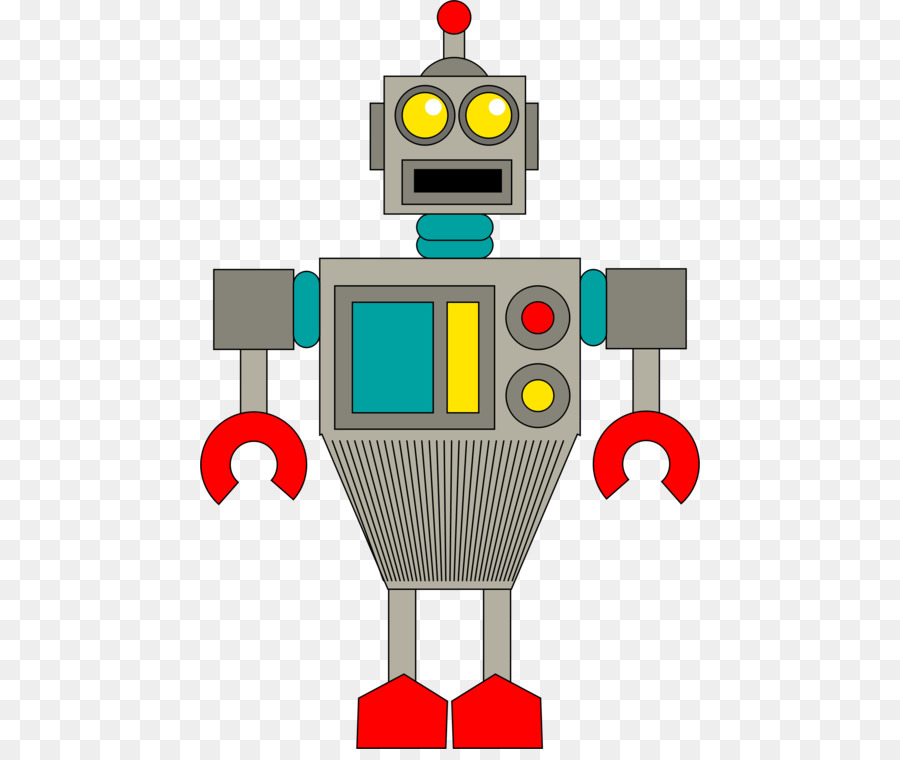 Our kids love these books, and we hope you will too.
Our kids love these books, and we hope you will too.Read More
Tweet
20 most popular robotics stories of 2021
| Listen to this article |
2021 was a big year for robotics. Nine months into the year, the industry saw record numbers of orders, and growth in non-automotive industries. From autonomous vehicles to delivery robots to acquisitions and shutdowns, the year was filled with big developments.
Here are the top 20 most popular stories on The Robot Report in 2021. Subscribe to The Robot Report Newsletter or listen to The Robot Report Podcast to stay updated on the robotics stories you need to know about.
20. Robotics Investment Recap – April 2021
The Robot Report tracked 38 robotics investments worth more than $4.8 billion in April 2021. This is quite the rebound from the same time last year when, amidst the uncertainty caused by the COVID-19 pandemic, robotics companies raised about $600 million. This marks a 700-plus percent increase in robotics investments year-over-year. There also were eight mergers and acquisitions and one IPO in April 2021. Read Story
This marks a 700-plus percent increase in robotics investments year-over-year. There also were eight mergers and acquisitions and one IPO in April 2021. Read Story
19. TurtleBot 4 re-designed from ground up with ROS 2
Clearpath Robotics and Open Robotics announced TurtleBot 4, the next generation of the popular open-source mobile robotics platform. TurtleBot 4 aims to build on the success of previous versions by providing a low-cost, fully extensible, ROS-enabled reference platform for robotics researchers, developers and educators. The mobile base of TurtleBot 4 is built on the iRobot Create 3 educational robot, which provides an IMU, optical floor tracking sensor and wheel encoders for accurate positioning and localization. It also includes a suite of sensors including IR, cliff, bump and slip detection, along with a 26Wh Li-ion battery. Read Story
18. Q&A: Ingenuity Mars Helicopter chief engineer Bob Balaram
Bob Balaram, the chief engineer of the Ingenuity Mars Helicopter, was featured on NASA’s Small Steps, Giant Leaps podcast.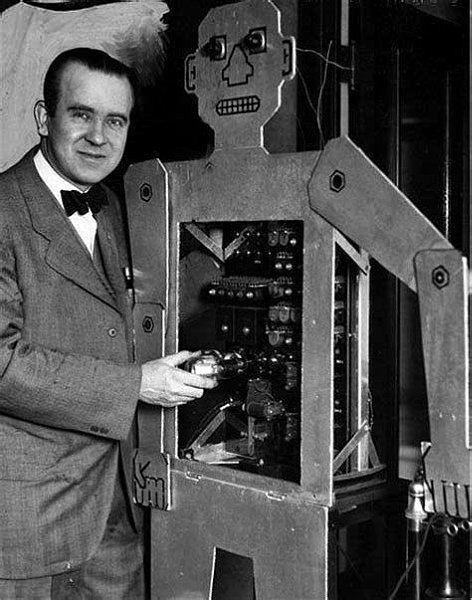 The Ingenuity Mars Helicopter, which rode along with the Mars Perseverance Rover, was the first aircraft to attempt controlled flight on another planet and is a marvel of engineering. Balaram described what it took to develop the helicopter and what to expect during the experimental flights. Read Story
The Ingenuity Mars Helicopter, which rode along with the Mars Perseverance Rover, was the first aircraft to attempt controlled flight on another planet and is a marvel of engineering. Balaram described what it took to develop the helicopter and what to expect during the experimental flights. Read Story
17. DeepMind acquires MuJoCo physics engine for robotics R&D
DeepMind, an AI research lab and subsidiary of Alphabet Inc., acquired the MuJoCo physics engine for robotics research and development. DeepMind is currently working to open-source MuJoCo and make it free for everyone in 2022. When open-sourcing the system is complete, the GitHub repository will become the new home for MuJoco. Customers with existing paid licenses for MuJoCo can go to roboti.us for continued support. Read Story
16. Softbank Robotics Europe cuts workforce 40% in shake-up
Softbank Robotics Europe, the group behind two of the more recognizable robots, laid off 40% of its workforce.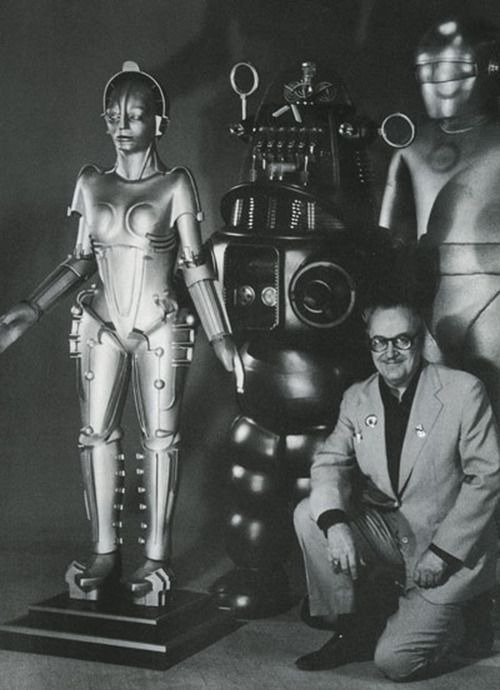 On July 7, the developer of the famous Nao and Pepper robots reduced its Paris-based workforce that had 330 employees as of March 2021. The Robot Report confirmed this news, which was first reported by French media outlet Le Journal du Net. Softbank Robotics Europe lost $38 million in its fiscal 2019-2020 year and more than $119 million over the last three years, according to Le Journal du Net. Read Story
On July 7, the developer of the famous Nao and Pepper robots reduced its Paris-based workforce that had 330 employees as of March 2021. The Robot Report confirmed this news, which was first reported by French media outlet Le Journal du Net. Softbank Robotics Europe lost $38 million in its fiscal 2019-2020 year and more than $119 million over the last three years, according to Le Journal du Net. Read Story
15. Fetch Robotics acquired by Zebra Technologies for $290M
Fetch Robotics, a San Jose, Calif.-based developer of autonomous mobile robots (AMRs) for logistics, has been acquired by Lincolnshire, Ill.-based Zebra Technologies for $290 million. The acquisition closed in August. Zebra Technologies already owned 5% of Fetch Robotics through an earlier investment. Zebra is acquiring the other 95% of Fetch Robotics. According to the announcement, Fetch Robotics “is generating annualized run-rate sales of approximately $10 million.” Prior to this acquisition, Fetch Robotics, which was founded in 2014, had raised about $94 million.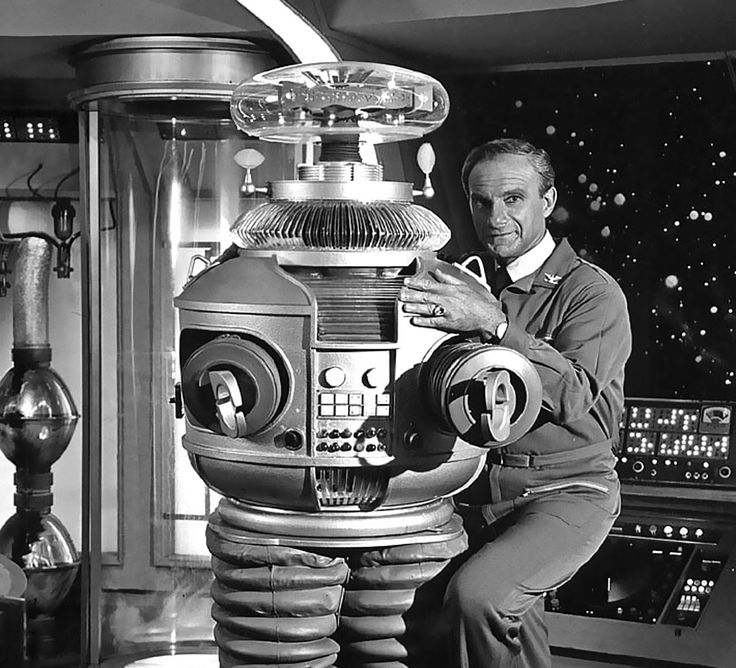 Read Story
Read Story
14. John Deere acquires Bear Flag Robotics for $250M
Bear Flag Robotics raised $7.9 million in seed funding in January 2021. That funding quickly became chump change. The Calif.-based developer of autonomous driving technology for tractors was acquired by John Deere for $250 million. John Deere said in a statement that the deal accelerates the development of farm automation. Founded in 2017, Bear Flag Robotics retrofits its autonomy stack onto existing tractors. It uses cameras, LiDAR and radar technology for redundant, 360-degree situational awareness on a farm. Read Story
13. The state of industrial robotics: challenges & opportunities
The Massachusetts Institute of Technology (MIT) released a study called “The State of Industrial Robotics: Emerging Technologies, Challenges, and Key Research Directions” that described challenges of adopting and using industrial robotics. It also made recommendations about how to move the industry forward.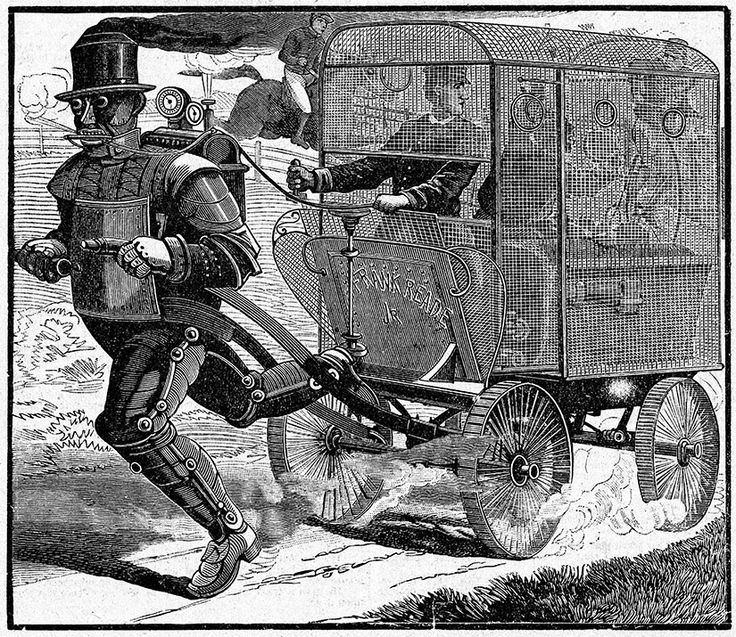 The report identified challenges such as a lack of standards and inflexibility. It recommended the industry move towards better balance of speed and safety and improvements to enabling technologies. Read Story
The report identified challenges such as a lack of standards and inflexibility. It recommended the industry move towards better balance of speed and safety and improvements to enabling technologies. Read Story
12. Cruise, Waymo lead way in Calif. autonomous vehicle testing
California’s Department of Motor Vehicles (DMV) released its annual Disengagement Report, which breaks down the number of times a human driver takes over control of an autonomous driving system being tested on the state’s public roads. The DMV released reports for 29 companies for the period from December 2019 to November 2020. Waymo (29,944.69) and Cruise (28,520.34) are the leaders in the clubhouse when it comes to the number of miles driven between disengagements. China’s AutoX (20,367) is a distant third. This is the sixth straight year in which Waymo increased its number of miles driven between disengagements. Read Story
11. Intel issues end-of-life notice for RealSense LiDAR
Intel issued an end-of-life (EOL) notice (PDF) for the RealSense LiDAR, tracking and facial authentication products.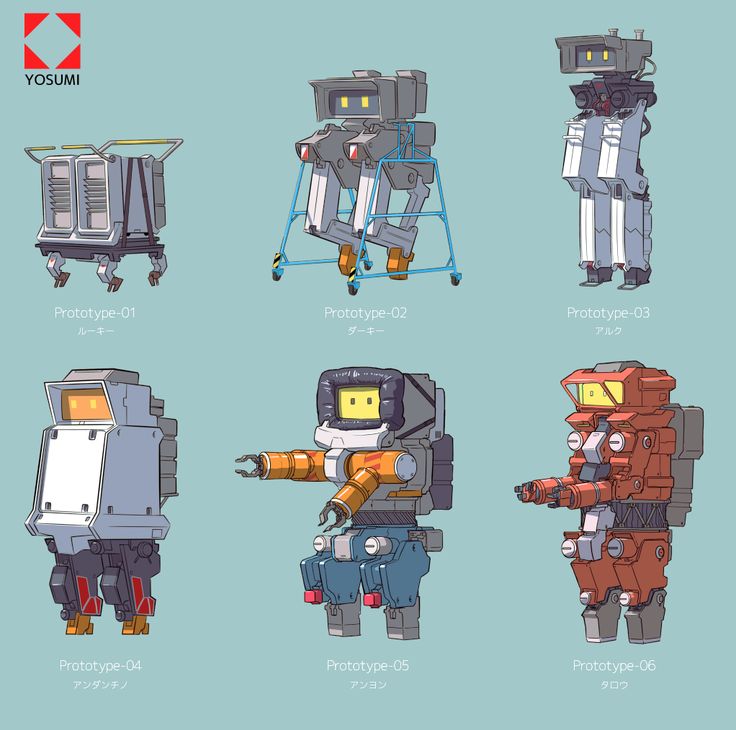 This is, of course, part of Intel’s plan to wind down its RealSense business. Intel discontinued a number of products, including the Intel RealSense LiDAR Camera L515 and the Intel RealSense ID Camera F455. The last dates these products can be ordered, according to Intel, will be Feb. 28, 2022. The last date any of them will be shipped is March 31, 2022. Read Story
This is, of course, part of Intel’s plan to wind down its RealSense business. Intel discontinued a number of products, including the Intel RealSense LiDAR Camera L515 and the Intel RealSense ID Camera F455. The last dates these products can be ordered, according to Intel, will be Feb. 28, 2022. The last date any of them will be shipped is March 31, 2022. Read Story
10. Ambi Robotics, formerly Ambidextrous, raises $6.1M for picking robots
Ambi Robotics, formerly known as Ambidextrous Laboratories, raised $6.1 million in seed funding for its picking robots and operating system that are based on simulation-to-reality artificial intelligence (AI). Co-founded by the great Ken Goldberg, a professor at UC Berkeley, Ambi Robotics said it is exiting stealth mode, although its work on improving robotic grasping hasn’t been a secret in years. Ambi Robotics has two flagship products, the AmbiSort and the AmbiKit. In September, Ambi Robotics raised $26 million in Series A funding.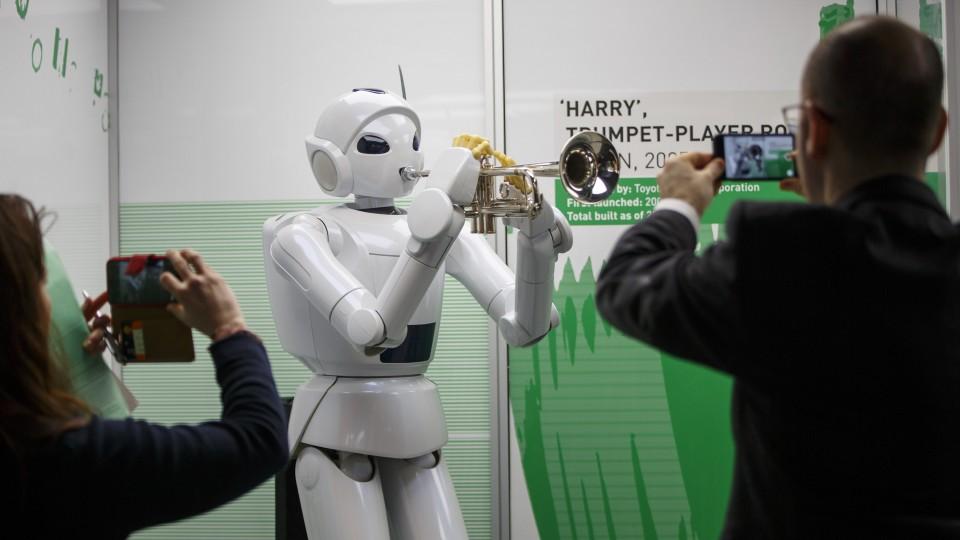 Read Story
Read Story
9. 2021 perception sensor industry map
Over the past decade, the perception industry has exploded with new companies, new technologies, and the deployments of millions of sensors in industries ranging from the traditional (automobiles) to the cutting-edge (space travel). While incumbents have locked up majority market shares in some segments, other segments have seen the rise of dominant new players that have become suppliers to some of the world’s largest companies. Read Story
8. DoorDash is building its own delivery robots
DoorDash introduced DoorDash Labs, its robotics and automation division that’s been operating since 2018. DoorDash has tested last-mile delivery with a number of robotics companies since 2017, including Cruise, Marble and Starship Technologies. However, none of those solutions seem to have stuck for DoorDash. The food delivery giant appears to be developing its own autonomous delivery robots. DoorDash hasn’t publicly revealed any details about its delivery robots, but it has filed several relevant patents.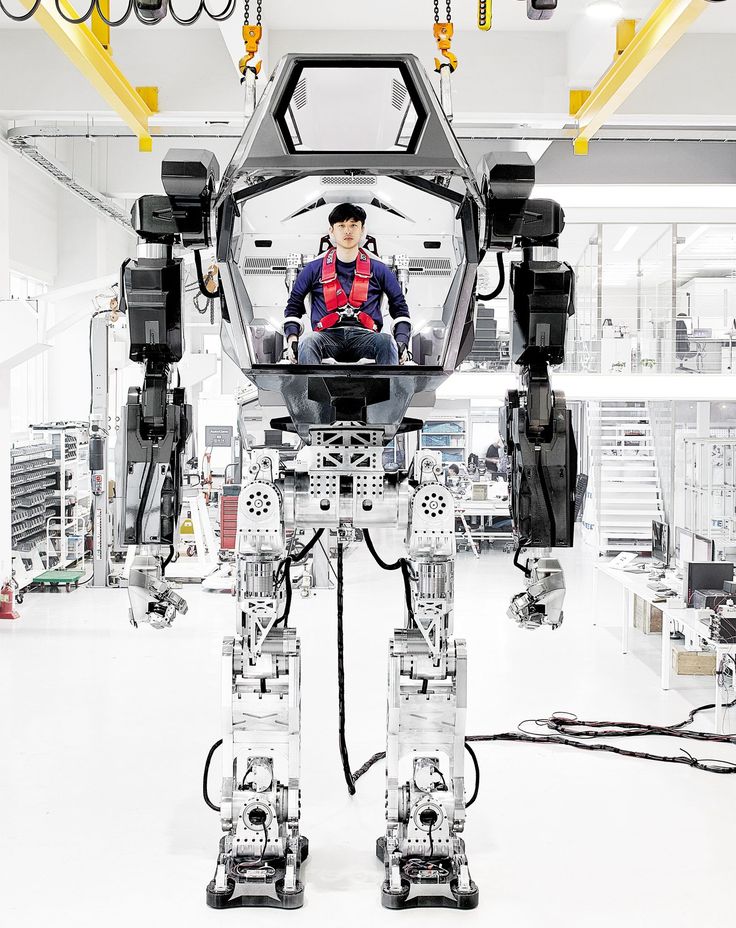 Read Story
Read Story
7. Cruise’s Vogt weighs in on LiDAR SPACs
In the last five months of 2020, five LiDAR companies – Aeva, Innoviz, Luminar, Ouster, Velodyne – went public or announced they soon would via a special purpose acquisition company (SPAC). There are pros and cons of going public via SPAC, as we detail here, and a key figure in the autonomous vehicle industry doesn’t think the trend will end well for LiDAR makers. Read Story
6. Boston Dynamics’ Stretch robot handles truck unloading & palletizing
Using robots to unload freight on receiving docks isn’t a novel idea. A quick YouTube search will return a slew of results. But many of these previous approaches have been stifled by high costs and the inability to handle a growing variety of packages. Boston Dynamics is throwing its innovative hat into the ring. It revealed its newest robot, Stretch, a mobile manipulator designed to move boxes out of trucks and around warehouses. Read Story
5.
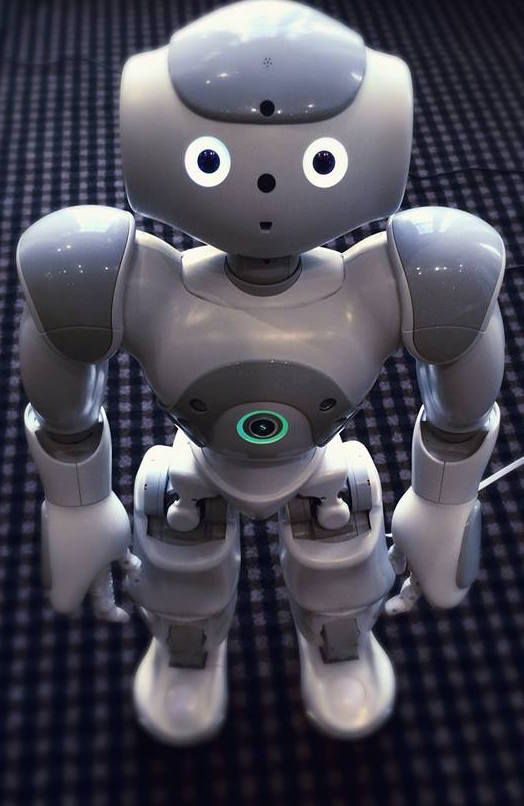 Nuro R2 autonomously delivering Domino’s pizza in Houston
Nuro R2 autonomously delivering Domino’s pizza in HoustonNuro, a 2020 RBR50 Innovation Award winner, launched autonomous pizza delivery in Houston with Domino’s. Select customers who place an online order – on certain days and times – from the Domino’s in Woodland Heights can have their food delivered by Nuro’s R2 robot. Customers who are selected for delivery via the Nuro R2 will receive text alerts updating them on R2’s location and provide them with a unique PIN to retrieve their order. Customers may also track the vehicle via GPS on their order confirmation page. When the Nuro R2 arrives, customers will be prompted to enter their PIN on the vehicle’s touchscreen. Read Story
4. OpenAI abandons robotics research
According to OpenAI cofounder Wojciech Zaremba, the company recently disbanded its robotics team. The company will continue to invest in other areas where there is adequate data for training. In Zaremba’s eye’s, work in this area might continue once there are powerful enough video models to support the training data sets necessary for building a viable model.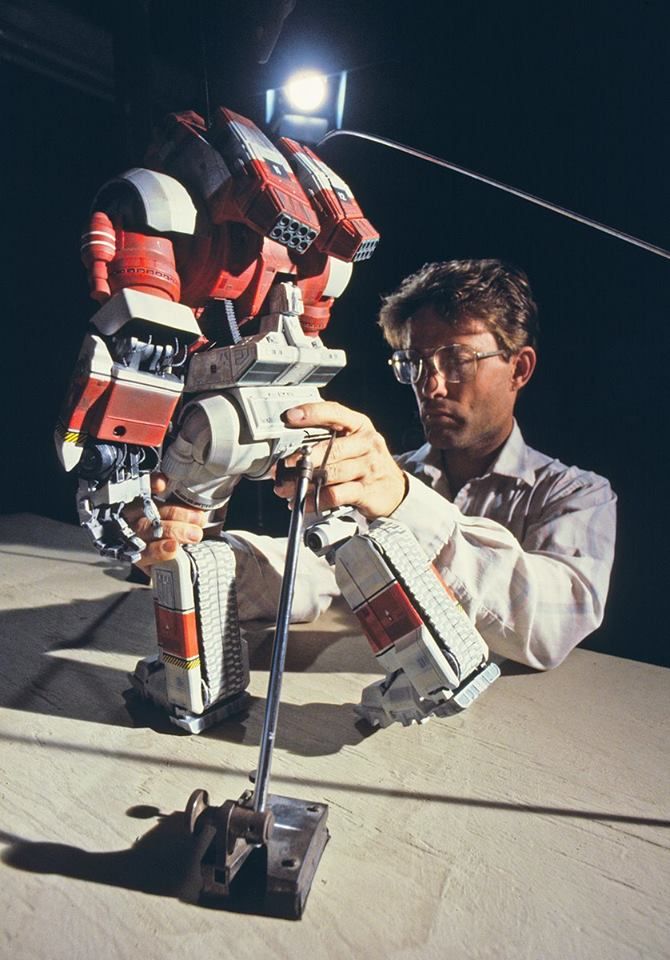 Read Story
Read Story
3. How Boston Dynamics makes Atlas run, flip & vault
What does it take for a robot to run, flip, vault, and leap like an athlete? Creating these high-energy demonstrations is a fun challenge, but Boston Dynamics’ technical goals go beyond just creating a flashy performance. On the Atlas project, it uses parkour as an experimental theme to study problems related to rapid behavior creation, dynamic locomotion, and connections between perception and control that allow the robot to adapt – quite literally – on the fly. Read Story
2. Confused Waymo robotaxi shows challenges of scaling AVs
You might not know it, but chances are you’ve seen some of Joel Johnson’s work. Better known as YouTuber JJRicks, he is the most prolific documenter of Waymo One Level 4 robotaxis in Chandler, Arizona – and probably the most frequent passenger. But the Waymo robotaxi ride he took on May 3 is one he’ll never forget. The Waymo robotaxi needs to make a right turn onto a multi-lane main road, but the far right lane was closed off by orange construction cones.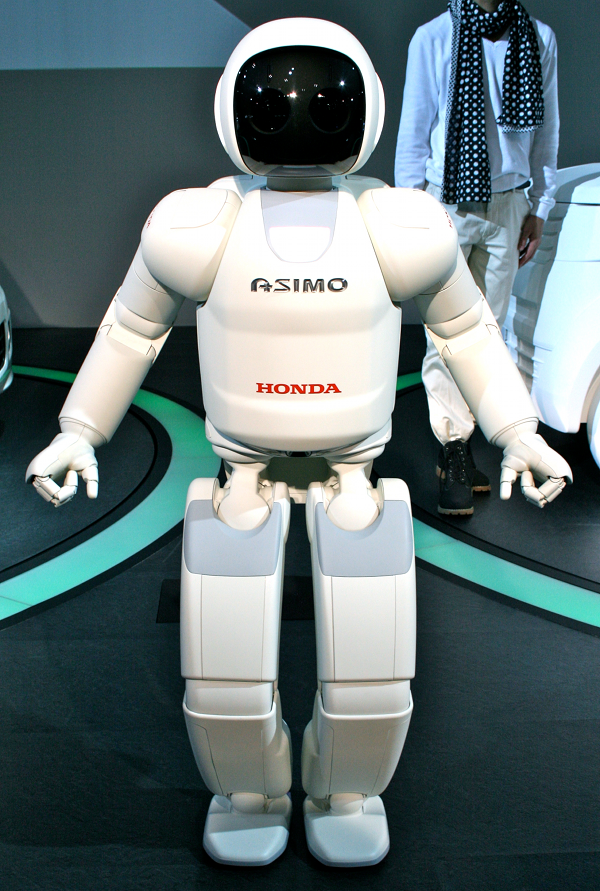 And, boy, did they confuse the vehicle. Read Story
And, boy, did they confuse the vehicle. Read Story
1. Abundant Robotics shuts down fruit harvesting business
Abundant Robotics, a Hayward, Calif.-based agricultural robotics company founded in 2016, has shut down. According to a memo about Abundant’s liquidation obtained by The Robot Report, the company “was unable to develop the market traction necessary to support its business during the pandemic.” On June 29, 2021, Abundant put up for sale all of its intellectual property and assets. Abundant said it has a “host of IP, including a large body of vacuum manipulation patents (and patent applications), a patented sensory system to allow the vacuum to navigate obstruction, a patented world-class vision system for identifying fruits and their quality and several software patents for the machine’s automated operations, including a solution to solve for “doubles” that enables the machine to pick multiple fruit at once.” Read Story
The history of robotics: what did the very first robots look like?
For several hundred years in a row, humanity has been trying to make life as easy as possible for itself by shifting the implementation of complex tasks onto the shoulders of robots.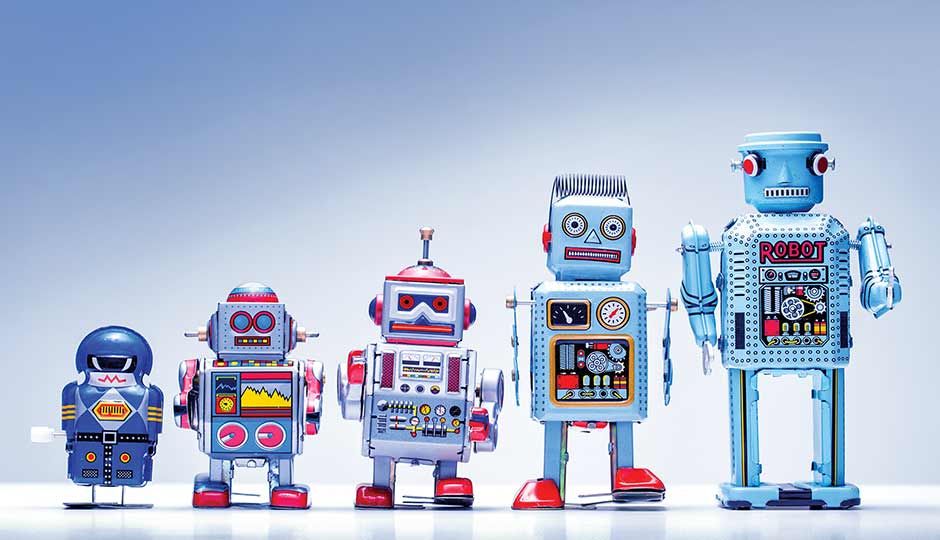 And we are doing this very well, because today anyone can buy a robot vacuum cleaner for not so much money and forget about mopping. In hospitals in some countries, part of the staff are robots designed to care for patients. And in factories, production mechanisms automatically assemble electronics and even huge cars. But when did mankind even think about the development of robots and when did the inventors manage to create them? Many will say that the world's first robot was created by the well-known Leonardo da Vinci - after all, it was no accident that among his documents there was a scheme for assembling a humanoid mechanism? But, in fact, the first robots were created long before the birth of the Italian artist and scientist.
And we are doing this very well, because today anyone can buy a robot vacuum cleaner for not so much money and forget about mopping. In hospitals in some countries, part of the staff are robots designed to care for patients. And in factories, production mechanisms automatically assemble electronics and even huge cars. But when did mankind even think about the development of robots and when did the inventors manage to create them? Many will say that the world's first robot was created by the well-known Leonardo da Vinci - after all, it was no accident that among his documents there was a scheme for assembling a humanoid mechanism? But, in fact, the first robots were created long before the birth of the Italian artist and scientist.
"Mr. Televox" - one of the first American robots
Contents
- 1 What are robots?
- 2 The first robots in history
- 3 Leonardo da Vinci's robot
- 4 The first robot musician
- 5 The first Soviet robot
- 6 Modern robots
What are robots?
The word "robot" comes from the word robota , which can be translated as "forced labor". That is, what is called a “robot”, against its will, must carry out commands and, in essence, be a slave. To be more precise, the term implies a device that is designed to perform a certain kind of action according to a predetermined instruction. Typically, robots receive information about the environment from built-in sensors that play the role of sensory organs. And they are engaged in the fulfillment of tasks either independently, following the laid down program, or obeying the commands of another person. The purpose of robots can be different, ranging from entertaining people to assembling complex devices.
That is, what is called a “robot”, against its will, must carry out commands and, in essence, be a slave. To be more precise, the term implies a device that is designed to perform a certain kind of action according to a predetermined instruction. Typically, robots receive information about the environment from built-in sensors that play the role of sensory organs. And they are engaged in the fulfillment of tasks either independently, following the laid down program, or obeying the commands of another person. The purpose of robots can be different, ranging from entertaining people to assembling complex devices.
Robots are different, but the main thing is that they do not harm people
Interesting fact: American science fiction writer Isaac Asimov is the author of three laws of robotics. First, a robot cannot harm a person. The second is that the robot must obey all human commands except those that contradict the first law. Thirdly, the robot must take care of itself to the extent that does not contradict the first and second laws. 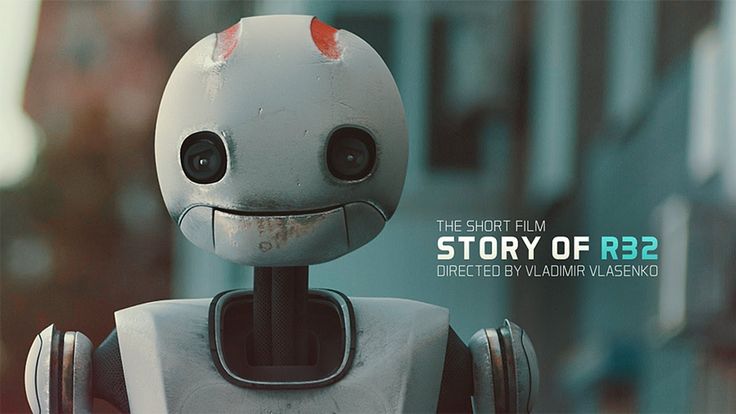
The first robots in history
According to historical data, the first robots in the world were created around 300 BC. Then, on the lighthouse of the Egyptian island of Pharos, two huge figures in the form of women were installed. In the daytime, they were well lit by themselves, and at night they were lit up by artificial light. From time to time they turned and struck the bell, and at night they made loud noises. And all this was done so that the arriving ships learned in time about the approach to the coast and prepared to stop. Indeed, sometimes, in the event of fog or a pitch-black night, the shore could not be noticed. And these women can be called robots, because their actions exactly correspond to the meaning of the word "robot".
Faros lighthouse
Leonardo da Vinci robot
One of the first robots was invented by the Italian scientist Leonardo da Vinci. According to documents discovered in the 1950s, the artist developed a drawing of a humanoid robot in 1495.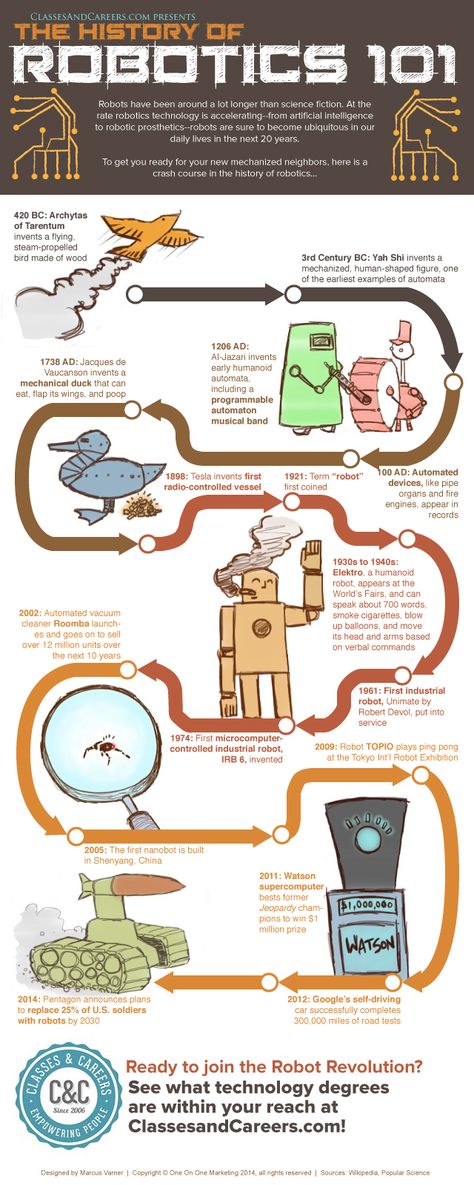 The diagrams showed the frame of a robot that was programmed to perform human movements. He had an anatomically correct jaw model and was able to sit down, move his arms and neck. The records said that knightly armor should be worn over the frame. Most likely, the idea to create an "artificial person" came to the artist's mind during the study of the human body.
The diagrams showed the frame of a robot that was programmed to perform human movements. He had an anatomically correct jaw model and was able to sit down, move his arms and neck. The records said that knightly armor should be worn over the frame. Most likely, the idea to create an "artificial person" came to the artist's mind during the study of the human body.
Reconstruction of the robot knight
Unfortunately, scientists have not been able to find evidence that Leonardo da Vinci's robot was actually created. Most likely, the idea remained on paper and was never translated into reality. But the robot was recreated in modern times, hundreds of years after the drawing was developed. The robot was assembled by Italian professor Mario Taddei, who is considered an expert on the inventions of Leonardo da Vinci. When assembling the mechanism, he strictly followed the drawings of the artist and ultimately created what the inventor wanted to achieve. Of course, this robot does not shine with wide possibilities, but the professor was able to write the book “Leonardo da Vinci Machines”, which was translated into 20 languages.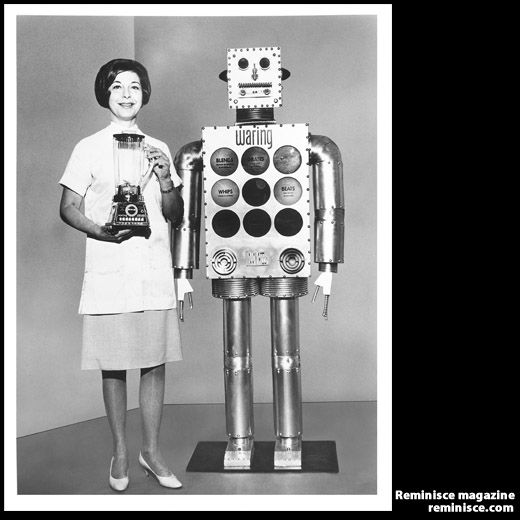
The first robot musician
A few hundred years after Leonardo da Vinci, the French mechanic Jacques de Vaucanson attempted to create an artificial man. According to historical documents, in 1738 he managed to create a robot, the structure of which completely copies the human anatomy. He could not walk, but he played the flute very well. Thanks to the design of many springs and devices for blowing air into various parts of the mechanism, the robot flute player could play the wind instrument with his lips and moving fingers. The demonstration of the robot took place in Paris and was described in the scientific work "Le mécanisme du fluteur automate".
Diagram of Jacques de Vaucanson's copper duck
In addition to the humanoid robot, Jacques de Vaucanson created robotic ducks out of copper. At their core, they were mechanical toys that could move their wings, peck at food and, no matter how strange it may sound, “defecate”. Today, such technologies would look extremely strange.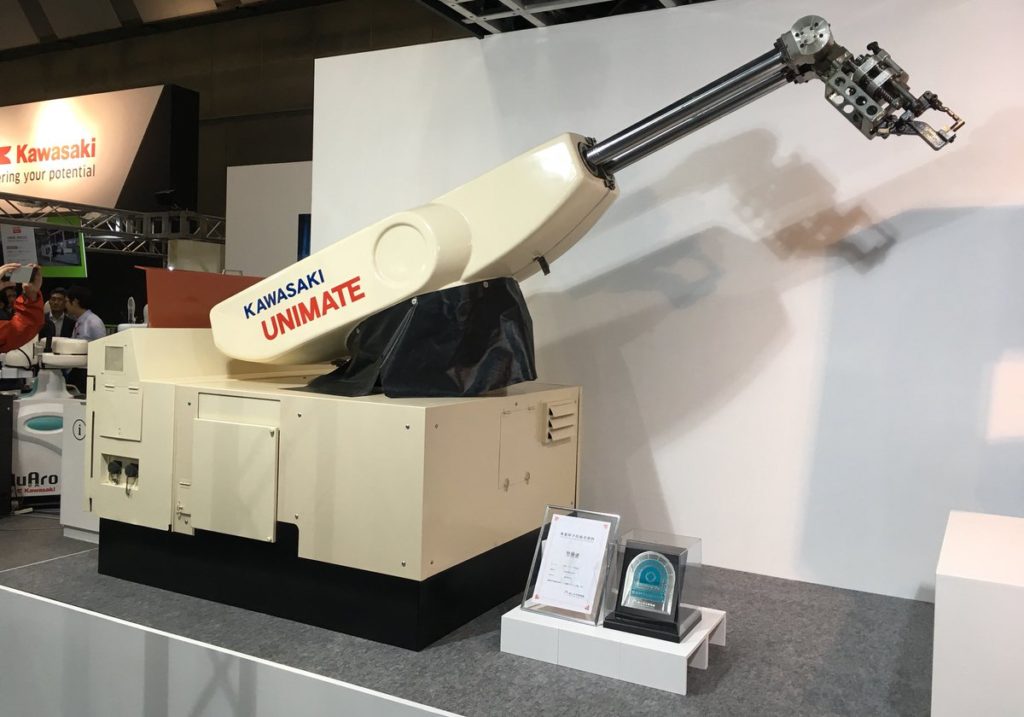 In addition, such toys can already be freely bought in any children's store. There are both walking figures and complex remote-controlled robots. But hundreds of years ago, copper ducks certainly seemed like something magical.
In addition, such toys can already be freely bought in any children's store. There are both walking figures and complex remote-controlled robots. But hundreds of years ago, copper ducks certainly seemed like something magical.
See also: How is the most complex robot on Earth?
The first Soviet robot
In the 20th century, humanity has already realized the prospects of robotics and is seriously engaged in the production of robots. In those days, engineers wanted to create humanoid mechanisms, but they did not look like real people. By modern standards, they were metal monsters at all, who knew practically nothing. So, in 1928, the American engineer Roy Wensley showed the public the robot "Mr. Televox", which could move several limbs and perform simple voice commands.
American Mister Televoks
The Soviet Union also did not want to stand aside. While in other countries the development of complex mechanisms was carried out by serious men in thick glasses, in the first Soviet robot was created by a 16-year-old schoolboy.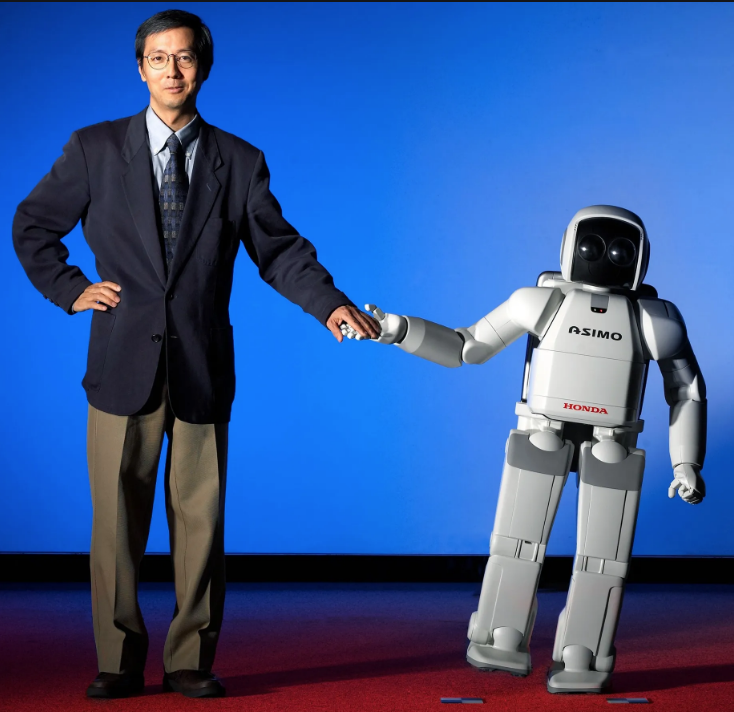 It turned out to be Vadim Matskevich, who at the age of eight created a compact radio station, and at the age of 12 he invented a tiny armored car that fired rockets. He was a very famous boy and soon acquired all the components necessary to create a full-fledged robot.
It turned out to be Vadim Matskevich, who at the age of eight created a compact radio station, and at the age of 12 he invented a tiny armored car that fired rockets. He was a very famous boy and soon acquired all the components necessary to create a full-fledged robot.
The first Soviet robot "B2M"
The Soviet robot "B2M" was presented in 1936 at the World Exhibition in Paris. His height was 1.2 meters, and radio communications were used for control. The humanoid robot was able to carry out 8 commands, which consisted in moving different parts of the body. Due to the weakness of the motors, the robot could not fully understand the right hand and this gesture was similar to the Nazi salute. Because of this misunderstanding, the B2M robot brought the boy a lot of problems, and only his youth and support from the authorities of the USSR anti-crime agency saved him from repression.
Foreign newspaper clipping about a new version of the B2M robot
In 1969, young followers of Matskevich created a new robot based on the B2M design.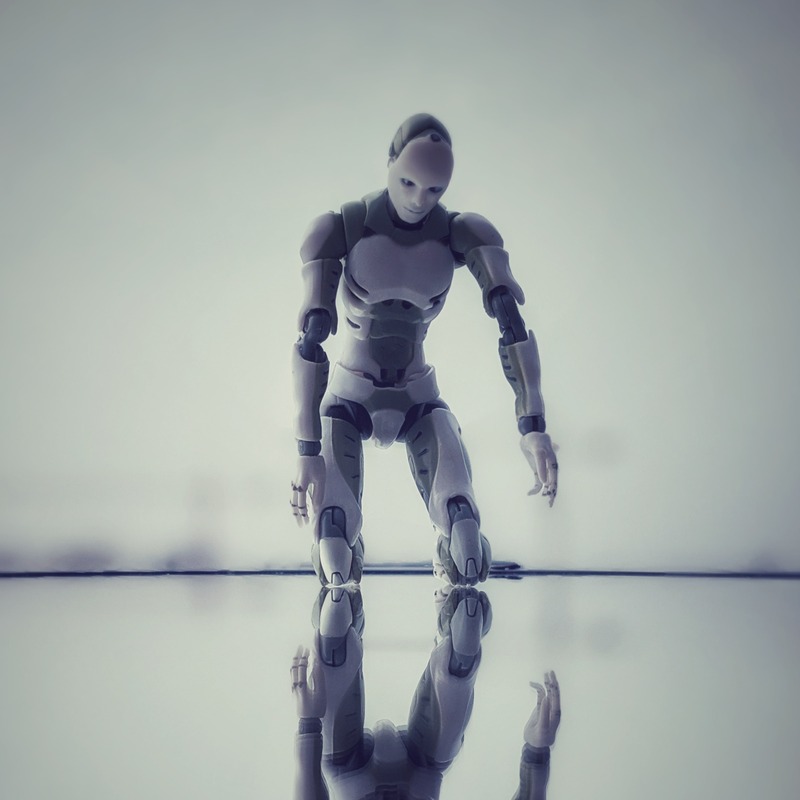 This android was presented to the public as part of the Japanese exhibition "EXPO-70" and also attracted the attention of the world community. And all this time Vadim Matskevich himself was creating "technical" games for schoolchildren and wrote two popular books: "An entertaining history of robotics" and "How to build a robot." Matskevich died in 2013, and the documentary “How One Lieutenant Stopped the War” was made in his honor.
This android was presented to the public as part of the Japanese exhibition "EXPO-70" and also attracted the attention of the world community. And all this time Vadim Matskevich himself was creating "technical" games for schoolchildren and wrote two popular books: "An entertaining history of robotics" and "How to build a robot." Matskevich died in 2013, and the documentary “How One Lieutenant Stopped the War” was made in his honor.
Modern robots
Despite all the merits, the title of "father of robotics" does not belong to Vadim Matskevich, not to Jacques de Vaucanson, and not even to Leonardo da Vinci. This title was given to American engineer Joseph Engelberger, who met inventor George Devol in 1956. Three years after they met, they introduced the production robot Unimate #001 to the world. Subsequently, the mechanism was improved several times and the first robot for assembling cars appeared. It was installed at one of the General Motors factories to help in casting parts.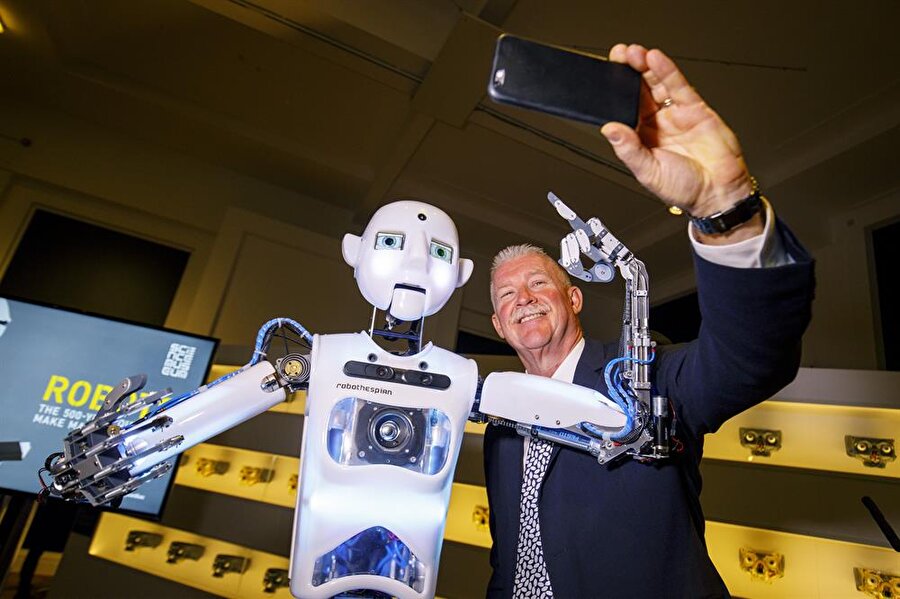
Unimate #001 - the first industrial robot
Over the next decades, robotics leapt forward. Between about 1970 and 2000, engineers came up with many new sensors and controllers that can be controlled using different programming languages. Robots in their modern form appeared in 1999, when Sony introduced a robot dog named AIBO. She behaves like a living organism and is able to carry out almost all dog commands.
History of AIBO robots
Shortly thereafter, Boston Dynamics took over the development of robots. We often talk about it on our website, and we publish news about updates to branded robots in our Telegram channel. Of course, the created robots are still far from perfect, and engineers have a lot of work to do.
History of robotics: from the first robots of antiquity to the present day
News
bogdan
What does the word "robot" associate with a person living in the 21st century? With a humanoid machine with artificial intelligence like in Isaac Asimov's collection of science fiction stories? But before 1920, the concept of "robot" did not exist.![]() It was created by the Czech writer Karel Capek in the fantasy play "R.U.R." naming their characters.
It was created by the Czech writer Karel Capek in the fantasy play "R.U.R." naming their characters.
To figure out where the robots came from, you need to go back to the distant past to Ancient Greece and Greek inventors.
Inventions of old were set in motion by primitive methods: water, steam, levers, spikes and counterweights, but also mercury and gunpowder explosions in China. In the robotics of antiquity, there are many references to gods capable of moving their hands and heads that the audience is in awe. It was then that the Greek inventors laid the foundation for robotics, and the first began to use mathematical methods.
Ancient robots of the Middle Ages
In the Middle Ages, the development of robotics continued. Watchmakers, both from Europe and from Russia, created automatic machines in the form of people, animal angels, who staged whole performances. Then complex humanoid and zoomorphic automatons appeared: lions roared, birds sang.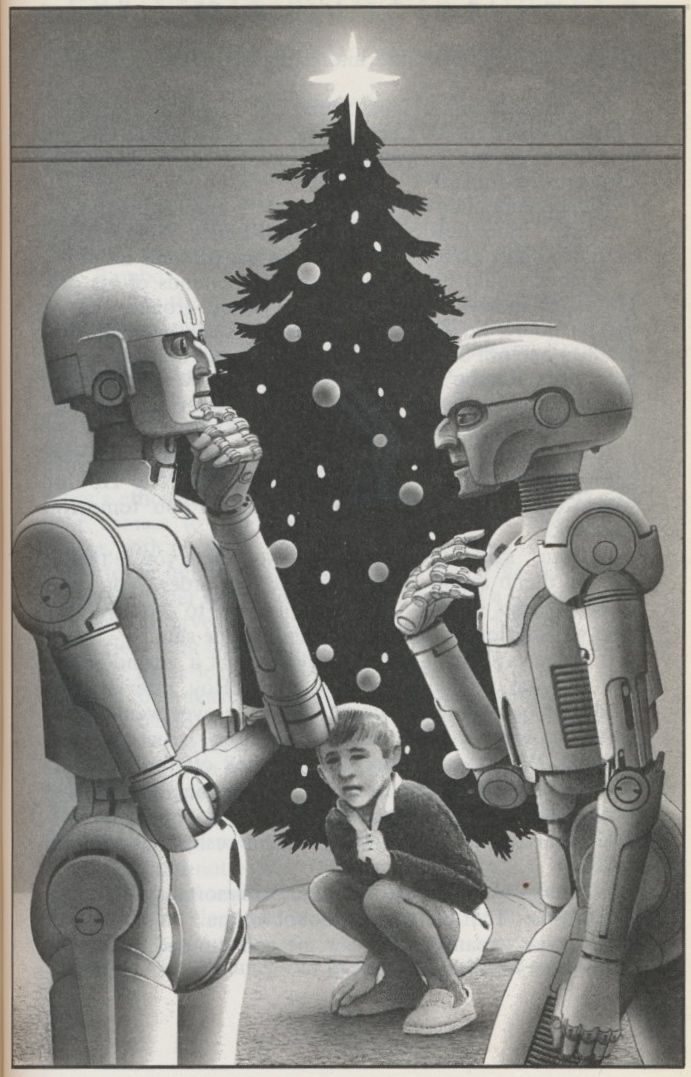 Leonardo da Vinci also invented the mechanical lion. The lion could walk a few steps and, stopping, opened a door in its side. In 1495, at the court of Louis Sforza, another invention of the great genius was presented - the figure of a knight clad in armor, which could move, sit down and even open its mouth. It was the world's first human-like robot.
Leonardo da Vinci also invented the mechanical lion. The lion could walk a few steps and, stopping, opened a door in its side. In 1495, at the court of Louis Sforza, another invention of the great genius was presented - the figure of a knight clad in armor, which could move, sit down and even open its mouth. It was the world's first human-like robot.
New energy storage springs and pendulums began to appear. During this period, the master Jacques de Vaucanson became especially famous, who created two special inventions: the Mechanical duck. She flapped her wings, pecked at grain and defecated. Automatic musician. He played various melodies on the flute and pipe.
The history of the creation of robots "androids".
In the 18th century, master Pierre Jaquet Droz created the first android robot with the ability to program. They were: a "clerk" capable of writing any text of 40 characters; an "artist" who applied drawings to paper, for example, portraits of people, images of animals; "girl musician" who played 5 different melodies on a small organ, while moving her head with a graceful bow at the end of the performance.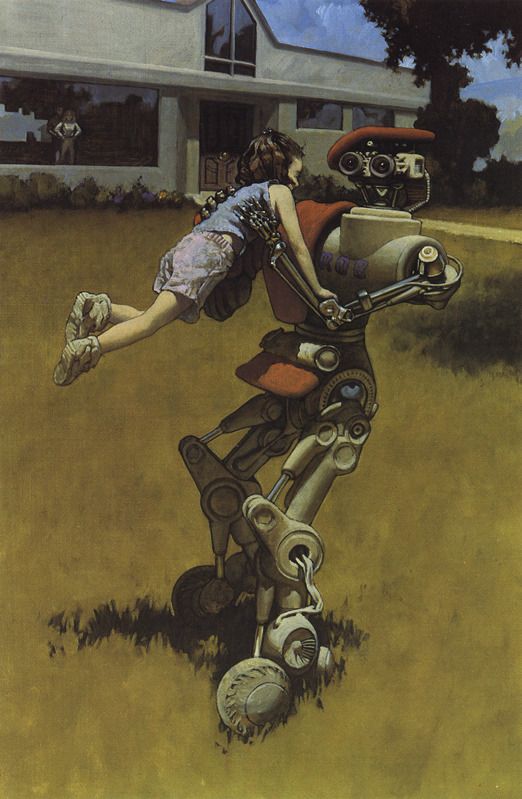
In 1936 schoolboy Vadim Matskevich created the first Soviet android robot B2M.
XIX-XX century
Industrial robots are being created using information technology. In 1959, the first robotic arm was created under the name Unimate. These computer-controlled robots are replacing humans in factories, assembly lines, and assembly lines. Automation freed people to develop new designs and improve old ones. Robots give life to new robots, combat and universal robots appear.
Fighting robots
In 1910, Ohio military engineer Charles Kettering proposed the use of unmanned aircraft. The idea was to drop wings on the enemy like bombs, controlling the clockwork. But they were never used in combat.
In 1931, teletanks were built, controlled by radio waves at a distance, but near high-voltage power lines, radio waves were interfered with, subsequently, the operators lost control.
First female robot
The name of the first female robot is Sophia.